What is a Vacuum Packing Machine: Benefits, Uses, and Buying Guide
In recent years, the demand for vacuum packing machines has surged, driven by an increasing emphasis on food preservation and packaging efficiency across various industries. According to a report by Grand View Research, the global vacuum packaging market is expected to reach $32.3 billion by 2025, growing at a compound annual growth rate (CAGR) of 4.8%. This industry trend highlights the crucial role that vacuum packing machines play in extending product shelf life and maintaining quality, making them essential tools in both commercial and domestic settings.
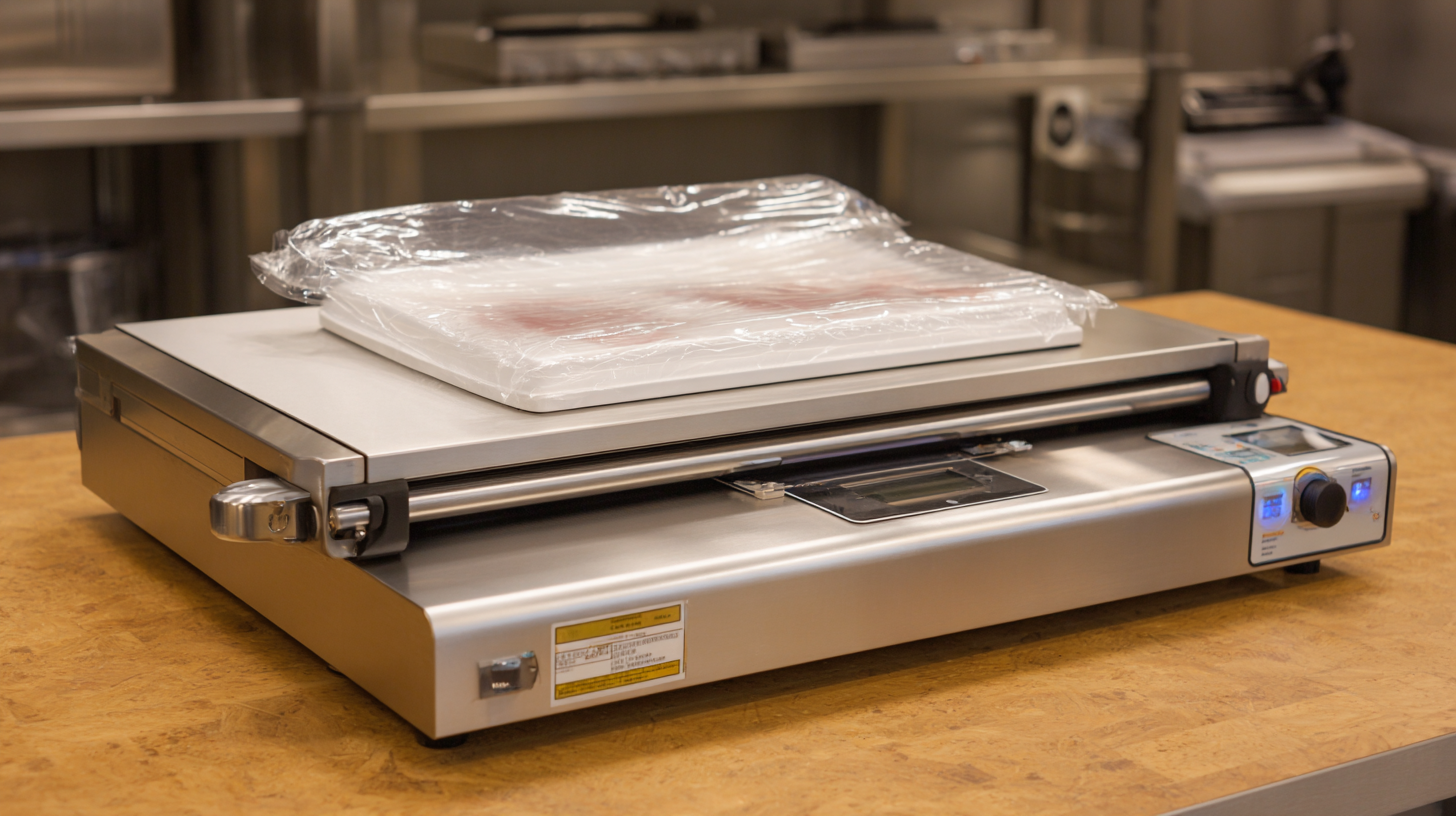
Expert insights underline the significance of vacuum packing machines in modern food processing and storage. Dr. Emily Chen, a renowned food packaging specialist at the Institute of Packaging Professionals, states, "The efficiency and effectiveness of a vacuum packing machine can dramatically reduce food waste while ensuring that products retain their freshness and integrity." This sentiment reflects the industry's recognition of vacuum packing as a pivotal solution in mitigating spoilage and enhancing consumer satisfaction. As we dive into the benefits, uses, and buying guide for the top vacuum packing machines in 2025, it becomes evident that these machines are not just a passing trend but a long-term investment in quality and sustainability.
Understanding Vacuum Packing Machines: Key Features and Mechanisms
Vacuum packing machines are essential tools for preserving food and other products by removing air from the packaging. Understanding their key features and mechanisms can help users select the right machine for their needs. Most vacuum packers operate by creating a vacuum seal that prevents oxidation and spoilage, extending the shelf life of food items significantly. Key features to look for include adjustable suction levels, sealing strip length, and ease of operation.
Tip: When choosing a vacuum packing machine, consider the size of the items you plan to pack. Larger machines often accommodate bulkier products but may take up more storage space in your kitchen.
In addition to preserving food, vacuum packing machines are versatile and can be used for sous vide cooking, storage of valuable items, and even in marinating processes. The mechanism typically includes a heat seal bar that ensures the package remains airtight even after extended use. This reliability makes vacuum packing a go-to choice for both home cooks and professionals.
Tip: Make sure to clean the machine's sealing area regularly to maintain effectiveness and prolong its lifespan. Regular maintenance ensures the machine performs optimally and prevents food contamination.
The Benefits of Vacuum Packing: Preservation, Freshness, and Cost Savings
Vacuum packing machines have become indispensable tools for both households and businesses due to their remarkable benefits in food preservation. According to a study by the Packaging Association, vacuum sealing can extend the shelf life of perishable food items by 1 to 2 years, depending on the type of food. By removing air from packaging, vacuum packing significantly reduces the growth of bacteria and mold, which are the primary culprits of food spoilage. This technology not only enhances food safety but also ensures that flavors and nutrients are retained over an extended period.
In addition to preservation, vacuum packing contributes to cost savings. A report from the National Restaurant Association indicates that restaurants using vacuum packaging techniques can reduce food waste by up to 30%. This not only cuts down on expenses related to purchasing and discarding spoiled food but also promotes sustainability within the food service industry. Furthermore, vacuum-sealed items take up less space in storage, optimizing inventory management and further driving down costs. By investing in a vacuum packing machine, businesses and consumers alike can enjoy the dual benefits of freshness and financial savings.
Common Applications of Vacuum Packing Machines Across Industries
Vacuum packing machines have become essential tools across various industries due to their ability to extend shelf life and maintain product quality. In the food industry, these machines are widely used for packaging perishable items such as meats, cheeses, and vegetables. By removing air from the packaging, vacuum sealing inhibits the growth of bacteria and mold, preserving freshness for longer periods. This makes it a favorite among manufacturers, retailers, and even home cooks looking to store leftovers or meal prep efficiently.
Beyond the food sector, vacuum packing machines find applications in electronics, pharmaceuticals, and even textiles. For electronics, vacuum sealing protects sensitive components from moisture and dust during shipping and storage. In the pharmaceutical industry, various medical supplies and medications are vacuum sealed to ensure sterility and prolong shelf life. Moreover, in textiles, vacuum packing helps save space during shipping and storage while also protecting fabrics from dust and damage. The versatility of vacuum packing machines across these fields highlights their importance in enhancing product preservation and facilitating efficient logistics.
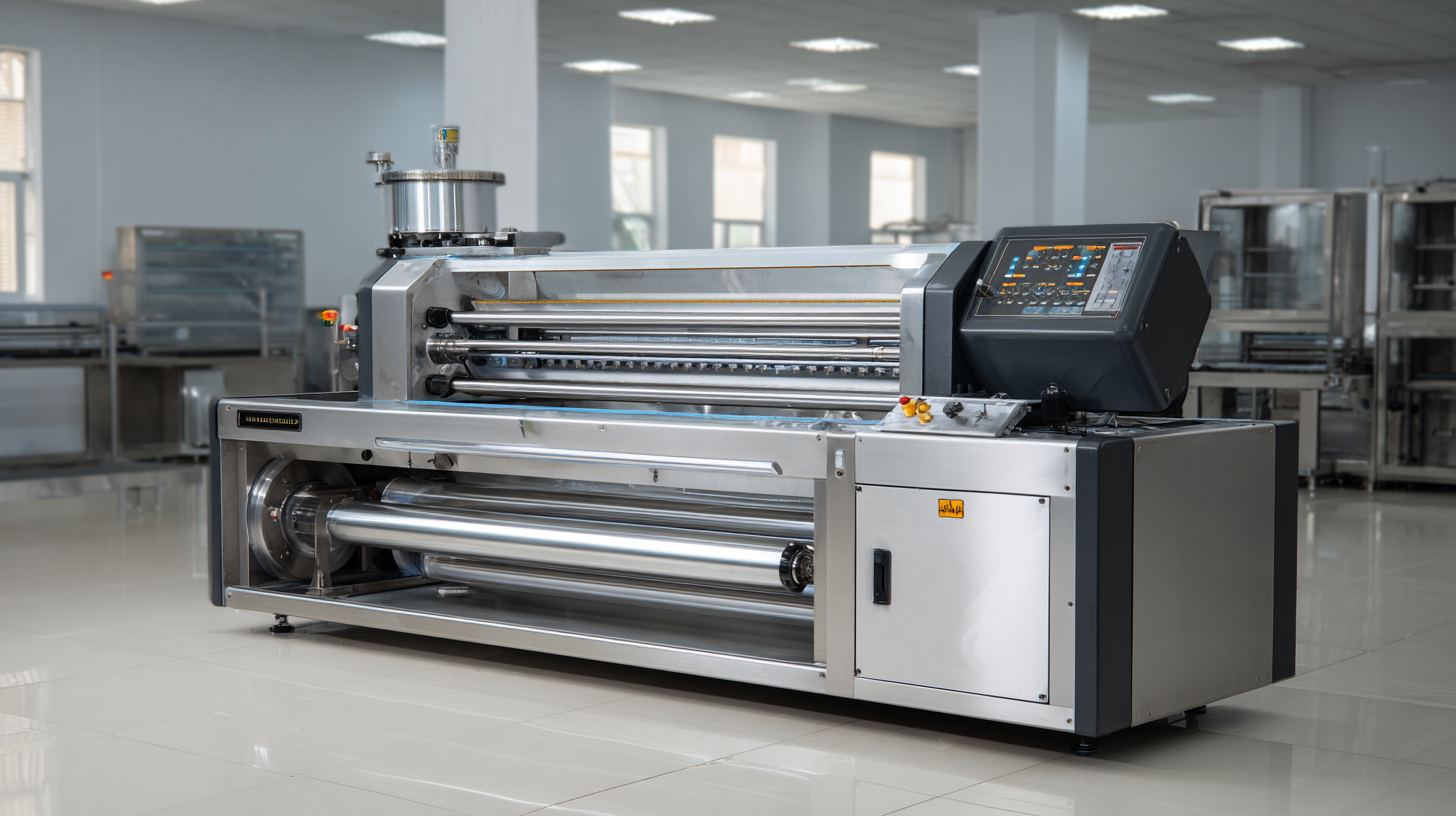
Market Trends and Projections: The Future of Vacuum Packing Technology
The vacuum packing technology market is poised for significant growth in the coming years, reflecting a broader trend within the food packaging industry. According to projections, the global vacuum packaging market is set to expand from an estimated value of $32.91 billion in 2025 to approximately $50.04 billion by 2032, achieving a compound annual growth rate (CAGR) of 6.17%. This surge is driven by increasing consumer demand for preserved foods, as well as advancements in packaging technology that enhance shelf life and reduce waste.
Additionally, related sectors, such as the frozen food packaging market, are also experiencing robust growth. With an estimated market size of $3.15 billion in 2024, this sector is forecasted to grow at a CAGR of 8% from 2025 to 2034, largely due to the rising popularity of non-thermal processing techniques. As vacuum packing continues to evolve, it not only drives efficiencies in food preservation but also aligns with consumer trends toward sustainability and convenience, indicating a promising future for this technology within the food industry.
Essential Considerations for Purchasing a Vacuum Packing Machine
When considering the purchase of a vacuum packing machine, several essential factors should guide your decision-making process. First and foremost, it's crucial to understand the machine's intended use. Whether it’s for home use, small-scale business, or industrial applications, each scenario demands different features. For instance, the global vacuum packaging market is projected to grow at a CAGR of 4.1% from 2021 to 2028, indicating a rising trend in both consumer and commercial sectors (source: ResearchAndMarkets). Therefore, identifying the scale of use will help you choose a machine with adequate power, capacity, and sealing capabilities.
Another critical consideration is the type of vacuum packaging technology. There are three primary types—external suction, chamber vacuum, and tabletop models. External machines are generally more affordable and compact, making them suitable for home kitchens, while chamber vacuum machines are designed for high-volume operations and offer better sealing for liquid-rich foods. According to a study by Grand View Research, chamber vacuum sealers account for approximately 30% of the market share, reflecting their popularity in commercial applications. Lastly, it's essential to evaluate the machine's durability, ease of use, and maintenance requirements, ensuring that it meets both your immediate and long-term packaging needs.
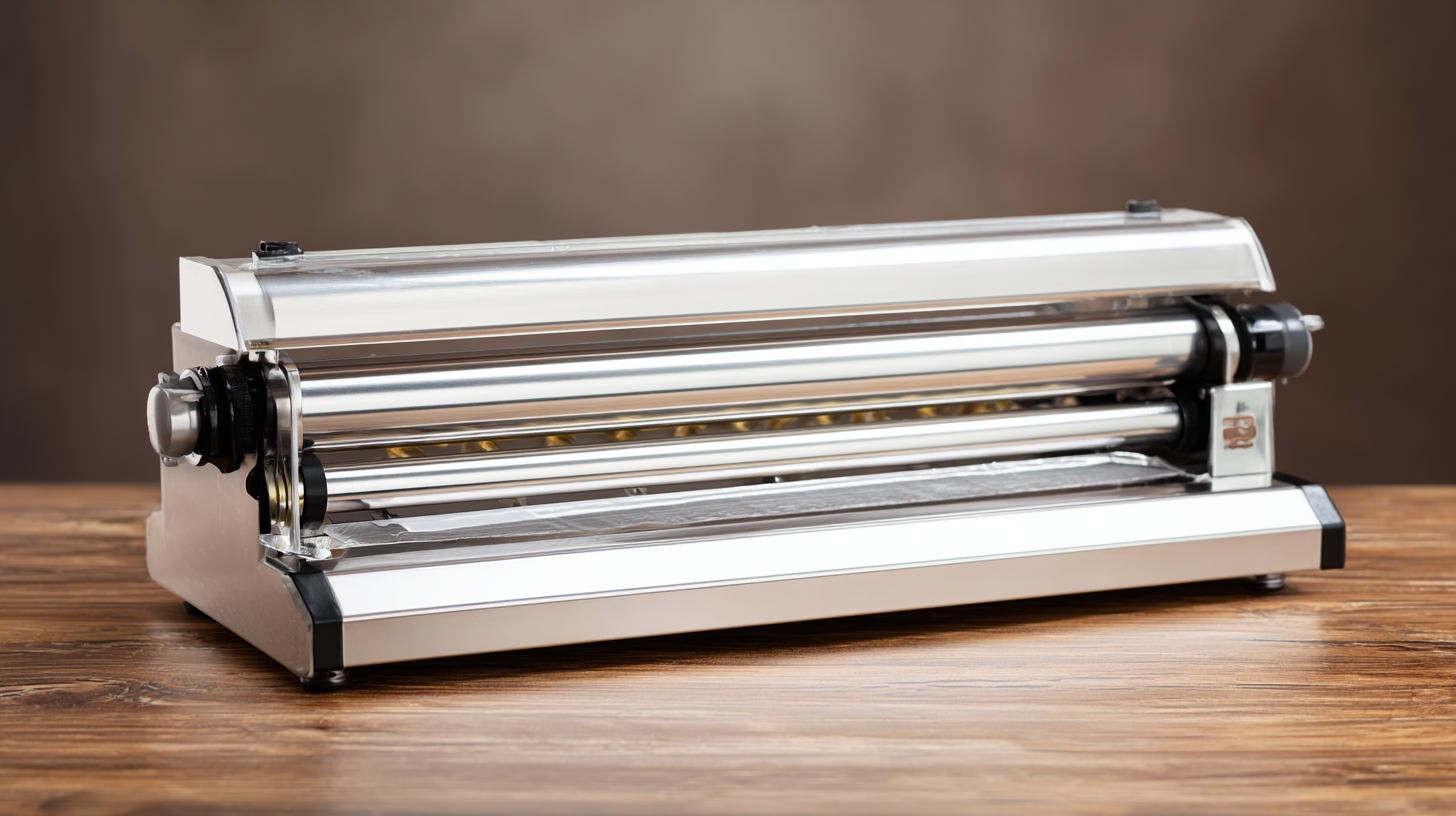
Related Posts
-

Ultimate Guide to Best Vacuum Packing Machine Features 5 Key Specifications You Must Compare
-
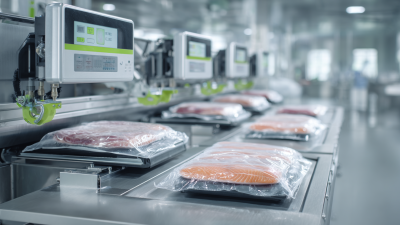
7 Essential Reasons Why the Best Vacuum Packaging Machine Can Enhance Your Business Efficiency
-

Maximizing Freshness: How Vacuum Packing Machines Extend Food Shelf Life by Up to 5 Times
-
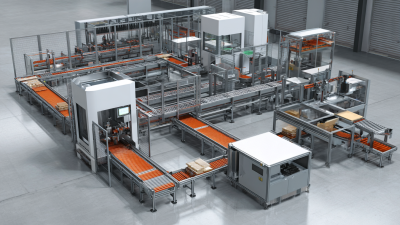
Choosing the Right Manufacturer for Best Automated Packaging Solutions in the Industry
-
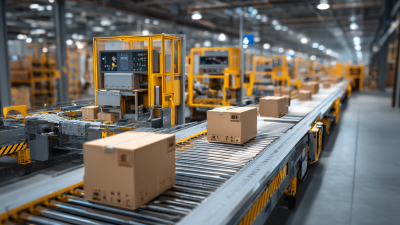
Top Strategies for Selecting the Best Packaging Machine for Your Business
-
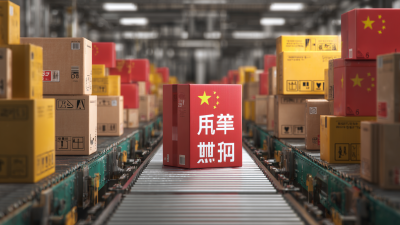
China's Dominance in Global Manufacturing: Unveiling the Best Packaging Systems Driving Industry Growth

